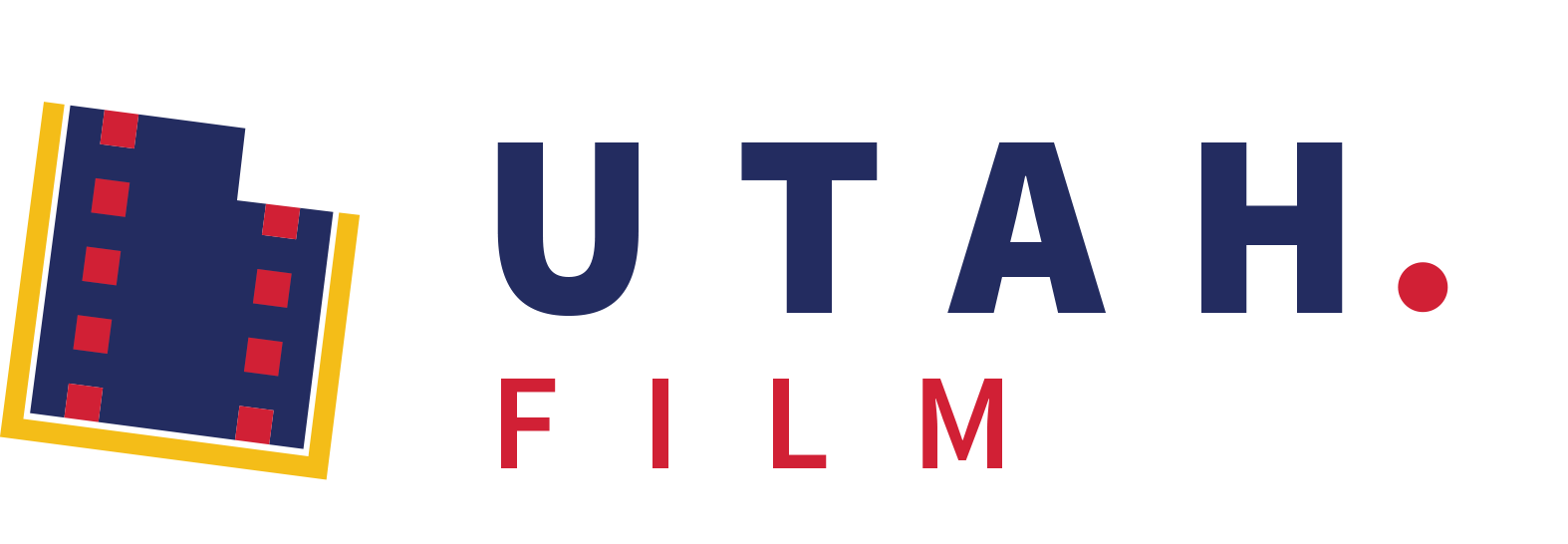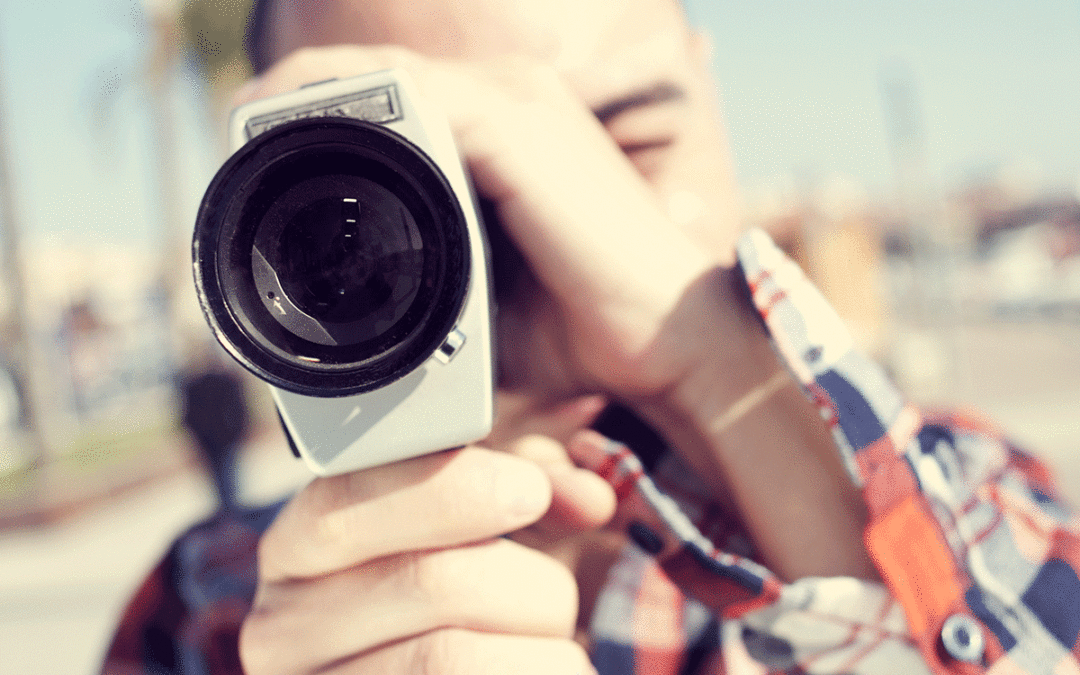A few months ago, after recording yet another amazing episode of the KSL Popcorn Report podcast, Faith Heaton Jolley and I started discussing what covering smaller films for KSL.com would look like.
We knew if we ever did create something like the KSL Indie report, reviewing under-the-radar independent films would only be a small part of it. In addition, we’d want to spotlight worthwhile local projects, chat with independent filmmakers and report back on some of the films generating excitement from the film festival circuit.
But there was also one other piece that we wanted to explore: What is the best way to experience film in the state of Utah?
This started us creating a short list of people we wanted to talk to about not only locations of where to see independent films, a topic we’ll address in a coming article, but also the local art house community — the topic that brought us to Elisabeth Nebeker.
Nebeker was named the executive director of the Salt Lake City-based Utah Film Center back in 2014 and she was exactly who we wanted to talk to about the independent movie scene here in Utah. And just like many of you, we wanted to lead with one very important question:
What is the Utah Film Center?
Nebeker: “That would probably be answered best with our mission, which is to engage and really initiate conversation with diverse audiences and to bring communities together, and that’s done through the film exhibition, our education programs and our artist support. So, when we think about those three pillars that we have, the film exhibition, education and artist support, it’s broken down, starting with the exhibition program, which was how the organization was started 15 years ago.”
How did the Utah Film Center get started?
Nebeker: “Geralyn White Dreyfous, who is an Oscar-award winning documentary film producer, won an Oscar for the documentary “Born into Brothels.” And you know, at Sundance, she will hop between five and 10 films every year that’s she’s producing through her company called Impact Partners. But she started this in 2002 with Kathryn Toll and Nicole Guillemet who wanted to carry that Sundance experience on a year-round basis.
“They felt like our community and our film community here really valued these stories and valued the independent film that was here for 10 days in January with the film festival. So it was a way for them to, on a year-round basis, kind of create a festival, and it’s expanded where we do more than 250 free films, and not only in Salt Lake, but now from Ogden down to Moab, including West Jordan and Orem.”
What kind of movies do you bring to Utah?
Nebeker: “The films that we show typically don’t have actual distribution. So, they may either be video-on-demand or they may have played at multiple film festivals, but they just aren’t getting, you know, the theatrical audiences.”
How can the general public see these films?
Nebeker: “So, it’s a one-time screening that we have, and they’re free so it’s, you know, based on availability and we don’t have a set venue. We partner with organizations.
“So, a big part of who we are is really a reflection of our community. So, we partner with the downtown library in Salt Lake, and that’s where we are every Tuesday night at 7 o’clock. We’ll have a film, and we’ll also partner with the Museum of Fine Arts up on the university campus. We work with KUER Radio on a series that we do at the Rose Wagner downtown, and then, you know, in Moab we partner with the county library. In Ogden, we partner with Perry’s Egyptian Theater and Weber State. See they’re all kind of that community connections that we feel are important.
“So, Patrick Hubley who is our director of programming for the exhibition, you know, he carefully thinks of who our community is, what conversations need to be happening, what’s a quality film that we can share with our audiences. We bring about 25,000 people to these films and each year, and we still just kind of focus on the core of where the film center started.
“And in addition to the free programming we have, we have two film festivals.”
Tell us about the family-friendly, Tumbleweed Film Festival
Nebeker: “Yes, that is a festival that has had its sixth year, and it is for children and families.
“So these are international films that you can bring your family to and your parents to, and give them that festival experience. Not only do they come to the film, they get a lanyard like you have at Sundance and there are activities between the films. You can go downstairs and local organizations will be doing some hands-on interactive activities for the kids.
“So between the films, we have workshops around like digital media or animation, and even some educator workshops. So you can sign up for that over the weekend, and it’s really just a great space for families to come together and see films from all over the world.
“And you know, we’re so fortunate to live in a place that exposes people to different cultures and countries through the LDS missionary program, so families that served in China or Kenya, if we have a film around those topics or from that country, for them to come and see a film and bring their family is pretty special and unique.”
Tell us about the LGBTQ festival, Damn these Heels?
Nebeker: “Our LGBTQ Film Festival, which is called “Damn These Heels,” which is a weekend-long film festival in July that takes place at the Rose Wagner Theater, is now in its 14th year. As you can imagine the conversations that have evolved around, you know, that community, as well as the allies have really expanded here in Salt Lake and in Utah. So, it’s been a good safe place to have conversations, to see films, to share films about topics that may resonate, or you know, expose people to new ideas or new places. So, that film festival is like the only LGBT in this region.”
How are you doing almost one year after the 2016 fire
Nebeker: “It will be a year actually, from March 29, so we are not celebrating but kind of looking back and reflecting. We had our office right on Main Street, so 122 S. Main, and we had a great Main Street level space. As part of our support, we had been given a free lease and we woke to a devastating 4-alarm fire on a Tuesday morning and pretty much lost everything that we had in that office. So, from people’s personal space, to all the computers, to our DVD library to, you know, files, marketing collateral.
“It was challenging on many levels, for staff, and our team to get around and rally, and we are now, as of just after Labor Day, our office is at 50 W. Broadway. So that’s Broadway Media office on the 11th floor, and it feels great to be settled. We are fortunate to have raised about $250,000 in our fire recovery to help with our personal and business losses.
“We have a great community of members, of supporters and donors, you know. That devastating day kind of changed us in many ways, but it was also a huge reinforcement of why we matter, why we’re important to the community, and if we weren’t here, that we would be missed. That came out from people offering support, to acknowledging what we’re doing and why we’re important, to offers of furniture, to temporary office space. It really was the gesture of our community that we heard from, a pretty wide community, of our impact.”
Conclusion
If you would like to know more about the Utah Film Center, free movies, Nebeker, or any of the other great events they’re hosting, check them out at http://www.utahfilmcenter.org/ or on their Facebook or Twitter.
Note: I should say, in full disclosure, the interview was longer than what you see here and I’ve used the question headings as formatting headers, but they were not the actual questions I asked Nebeker.

